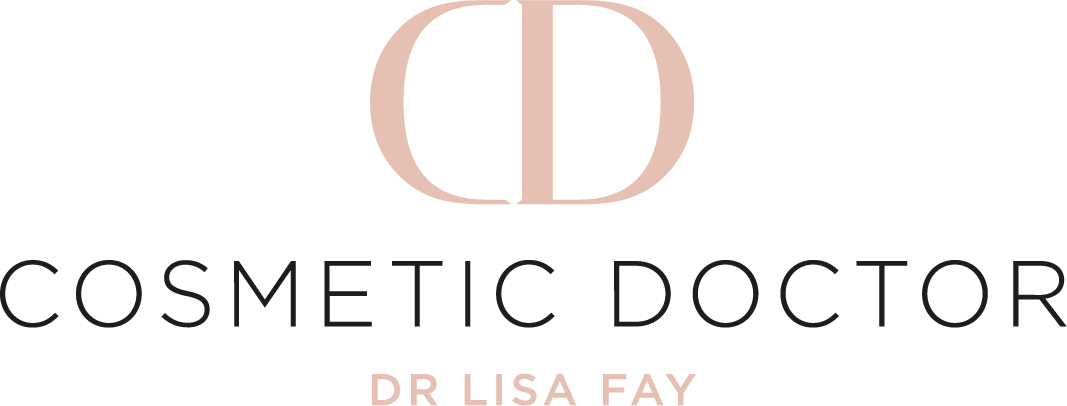Treating static wrinkles, or those lines that are etched permanently on your face regardless of smiling or frowning, requires extensive knowledge of how the various dermal fillers available on the market work.
An experienced cosmetic doctor will know which filler to use for maximum benefit to the patient-sometimes a combination of fillers and an anti-wrinkle injectable is used, depending on the patient’s concerns.
Dermal Fillers: Calcium Hydroxylapatite
Brands such as Radiesse are made up of calcium hydroxylapatite and are most often used to fill the moderate-to-severe creases such as nasolabial folds, marionette lines and frown lines.
Radiesse can also be used to enhance fullness of the cheeks and other facial contours.
Calcium hydroxylapatite is the ‘heaviest’ of facial dermal fillers. This substance, which is found naturally in human bones, is a mineral-like compound.
Calcium-based microspheres are suspended in a water-based gel to form calcium hydroxylapatite. This dermal filler was first used in dentistry and reconstructive surgery and has a long safety record, used successfully to great effect in treatments all over the world.
How does calcium-based Dermal Filler work?
Like some of the other semi-permanent dermal fillers, calcium hydroxylapatite contains small particles that act as a ‘scaffold’.
Your own collagen then grows on that scaffold. Over time, the particles are slowly dissolved into calcium and phosphate ions through normal metabolic processes.
Calcium hydroxylapatite is biosynthetically produced, which means that no animals or animal products are used. This lowers your risk of an allergic reaction and no skin testing is required.
This type of dermal filler is known to produce a very natural result, doesn’t migrate into other areas of the face, and side effects are rare.
To find out more about calcium-based dermal fillers and their uses, see our dermal fillers page or call for an appointment on 01 685 3100.

